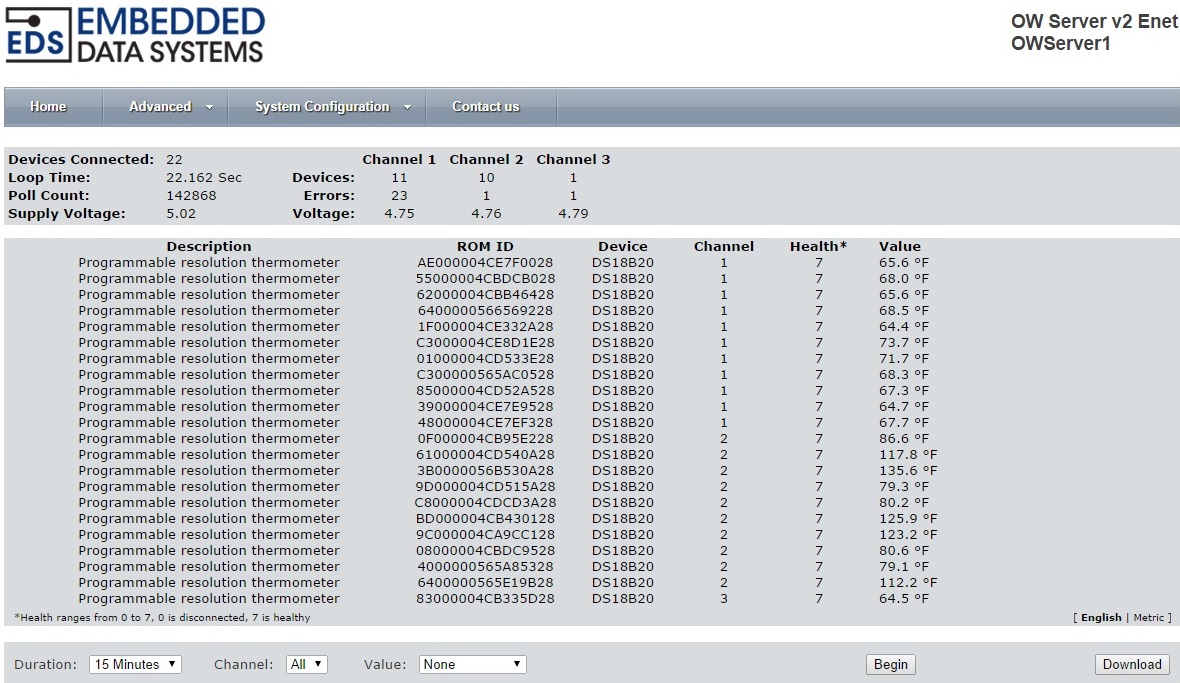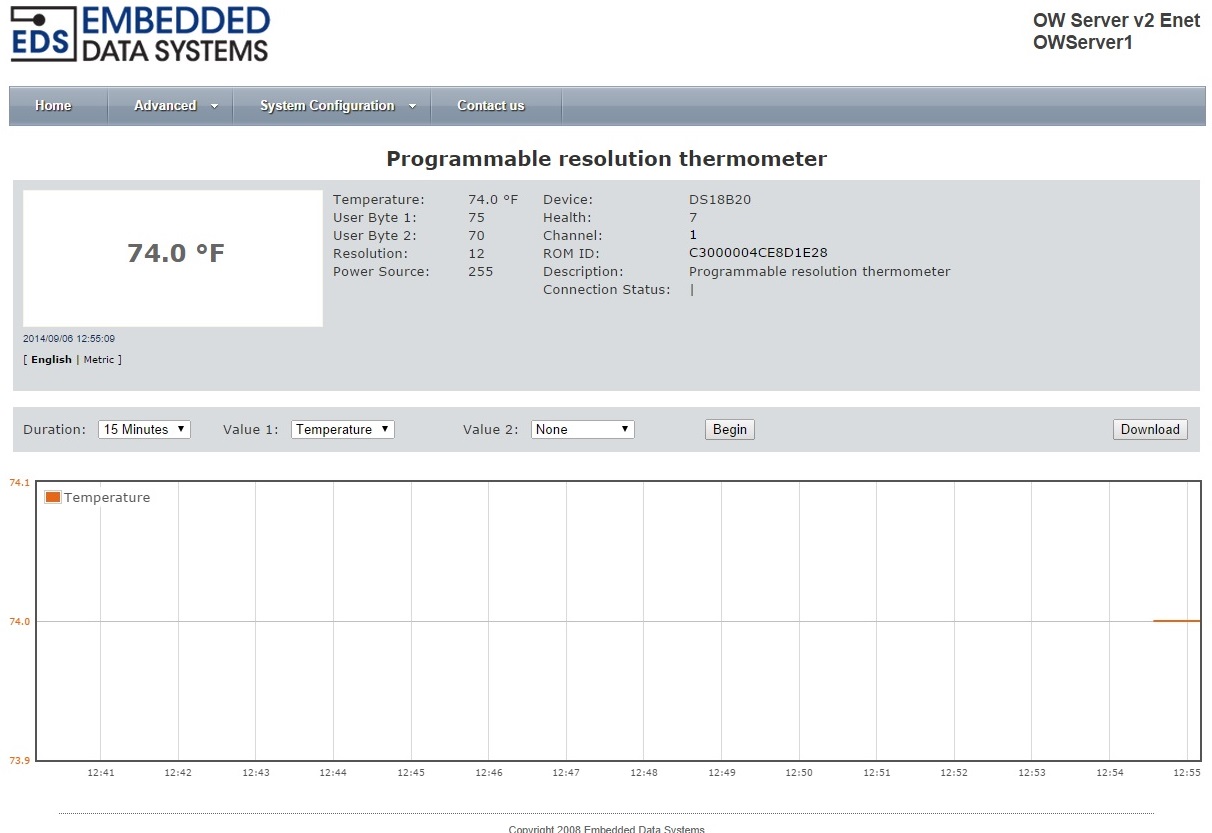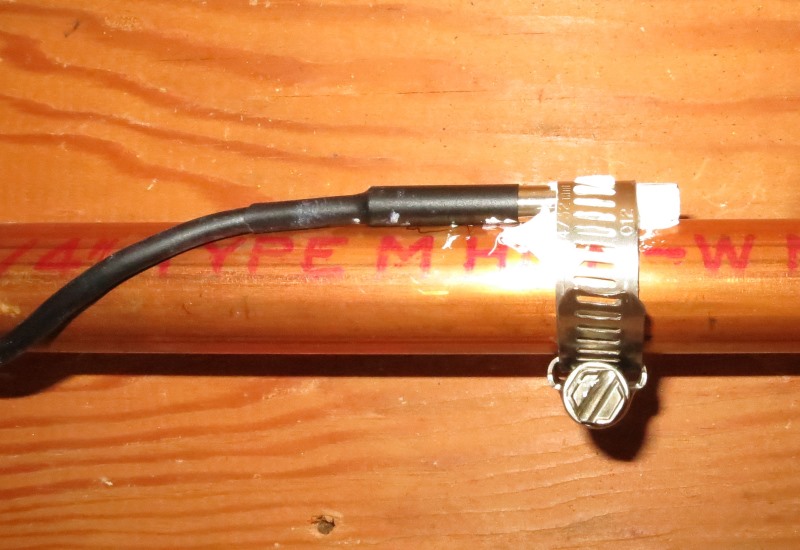as you have seen in the topic in the arduino forum i am having some difficulties at my parents house with the card.
I am actually using it with USB connection instead of LAN.
I can probably try to switch over to lan connection maybe this is more stable as USB since it gives from time to time a disconnect and is not able to reconnect anymore when pressing in the software reconnect.
I did made an event also that it resets the board at a certain time , but this solution you have is also a nice one.
I haven't thought about that.
The Arduino board is a great solution and one of the cheaper solutions as well.
I have been thinking of using a solid state relay, but the whole point of trying to save power use then is a bit lost since a solidstate always lets some power trough, so if a device is connected there is still usage.
And with a LED light it will probably still light up or flicker.
This is why i am going to use a mechanical relay at the sockets.

Your way is as on the drawing i made (yes in paint haha) , drawing 2. forgot to draw the capacitor between the lines.
But if i do it like this i would hear 2 clicks in a room, not that bad of course but i would have to add more wires to supply the power for the big/end relay.
Most of them rated 30Amps or more are using 12 or 24 Volt.
What is the problem if i take 2 lines that switch the end relay, so that it is like drawing 1 the cable is longer from the relay board to the end relay.
more problems with interference ?
Thanks
ps. sorry for hijacking your topic btw






Leave a comment: